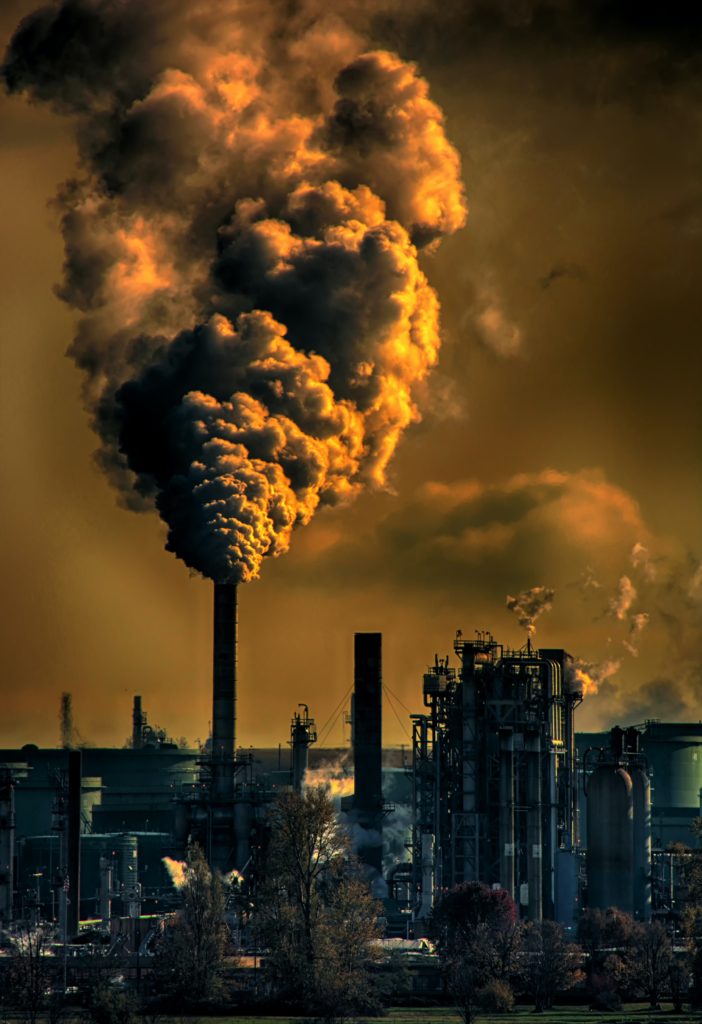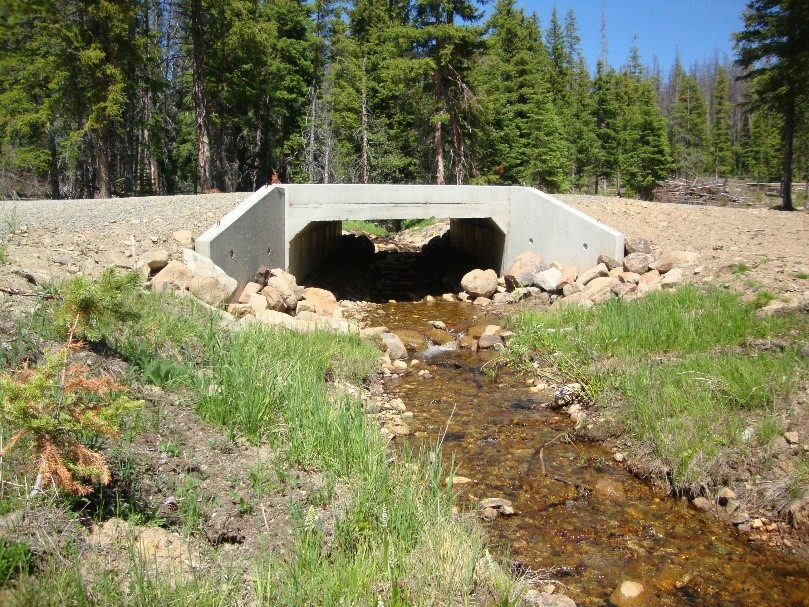In “The Impact of Climate Change on Global Water Resources,” you will explore the profound implications of climate change on the world’s water supply. This article provides a comprehensive overview of how rising global temperatures, changing precipitation patterns, and melting glaciers are affecting both the quality and quantity of water resources worldwide. You will gain valuable insights into the challenges we face in managing water scarcity, adapting to extreme weather events, and ensuring the sustainability of our water systems in the face of a rapidly changing climate. Join us on this informative journey as we delve into the intricate relationship between climate change and global water resources.
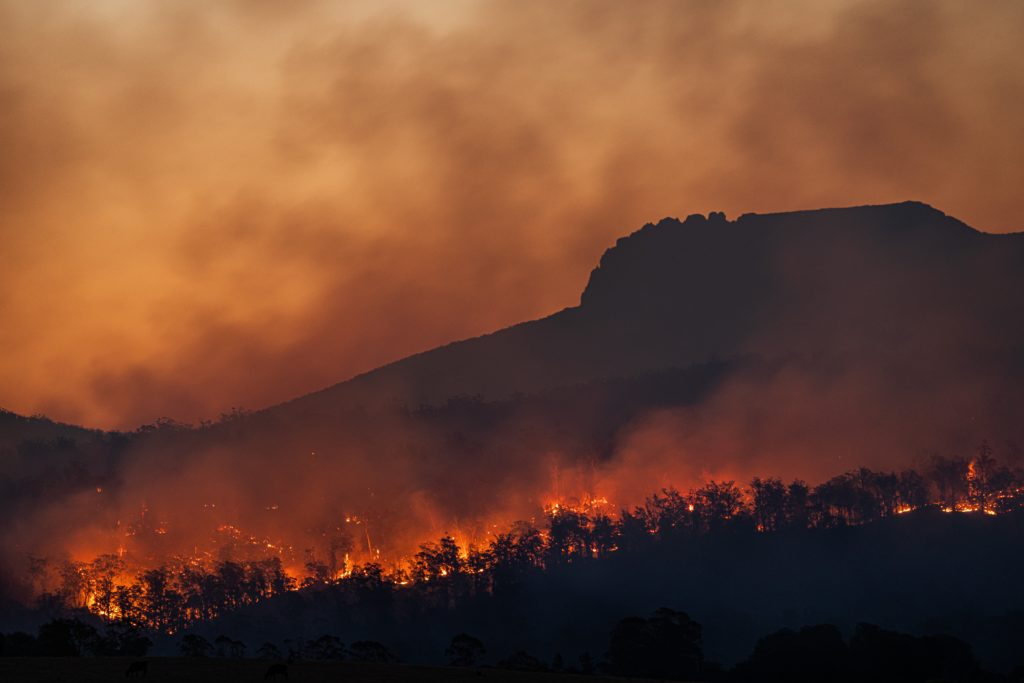
1. Increase in Global Temperature
1.1. Rising temperatures and evaporation rates
The increase in global temperature caused by climate change has significant implications for water resources worldwide. As temperatures rise, the evaporation rates of water bodies increase, leading to a reduction in available water for human use. Higher temperatures accelerate the evaporation process, particularly in regions that are already experiencing water scarcity.
1.2. Melting glaciers and snowpack
Rising temperatures also contribute to the melting of glaciers and snowpack, resulting in reduced water storage in mountainous regions. Glaciers act as natural reservoirs, providing freshwater supply during dry seasons. However, with the warming climate, these glaciers are rapidly retreating. This loss of snow and ice leads to decreased water availability for both human consumption and irrigation purposes.
1.3. Shifts in precipitation patterns
Climate change can disrupt precipitation patterns, leading to shifts in rainfall distribution. Some regions may experience increased rainfall, while others may face prolonged droughts. This inconsistency in precipitation patterns poses challenges for water resource management. The inability to predict and rely on regular rainfall patterns makes it difficult to plan for water supply and irrigation needs, exacerbating the impacts of water scarcity.
2. Sea Level Rise
2.1. Saltwater intrusion into freshwater sources
One of the critical consequences of climate change is the rise in sea levels. As sea levels rise, there is an increased risk of saltwater intrusion into freshwater sources. This intrusion can contaminate underground aquifers, rendering them unsuitable for human consumption and agricultural purposes. Communities relying on freshwater from coastal areas are particularly vulnerable to this threat.
2.2. Coastal flooding and salinization of rivers
Sea level rise also leads to coastal flooding, which can result in the salinization of rivers. Flooding can cause the overflow of rivers, allowing seawater to infiltrate inland waterways. This intrusion of saltwater into rivers harms freshwater ecosystems and reduces water quality for surrounding communities. These disruptions further highlight the urgency of addressing climate change to safeguard water resources.
2.3. Displacement of coastal populations
With the combination of saltwater intrusion and coastal flooding, there is a significant risk of displacing coastal populations. People living in low-lying areas are at risk of losing their homes and communities due to rising sea levels. Forced displacement not only disrupts individuals’ lives but also increases the strain on resources in neighboring regions as they absorb climate refugees.
3. Changing Hydrological Cycle
3.1. Altered water availability and quality
Climate change affects the hydrological cycle, leading to changes in water availability and quality. Changes in rainfall patterns and evaporation rates directly impact water availability at different scales, from local to regional levels. Additionally, changes in temperature can influence the chemical composition of water, affecting water quality and potentially increasing the presence of harmful substances.
3.2. Changes in groundwater recharge
Groundwater recharge, the process of refilling underground aquifers, is dependent on precipitation. However, with shifting precipitation patterns, the recharge rates can be disrupted. This poses a significant concern as groundwater serves as a vital water source for both drinking water supplies and agricultural irrigation. The reduced recharge rates can diminish the overall water supply, exacerbating water scarcity challenges.
3.3. Impact on wetlands and ecosystems
Wetlands play a crucial role in maintaining the health of ecosystems as they provide habitats for various species and help regulate water flow and quality. However, climate change poses a threat to wetlands as altered precipitation patterns and rising temperatures can lead to the drying of wetland areas. This degradation of wetlands disrupts the natural balance of ecosystems and compromises their ability to provide essential ecological services.
4. Extreme Weather Events
4.1. Intensification of droughts and heatwaves
Climate change contributes to the intensification of droughts and heatwaves. As temperatures rise, regions already prone to aridity experience prolonged periods of limited rainfall and increased evaporation rates, resulting in severe droughts. These dry conditions can lead to a depletion of water sources, agricultural failures, and negative impacts on ecosystems.
4.2. Increased frequency and intensity of floods
Conversely, climate change also leads to an increase in the frequency and intensity of floods. Heavy rainfall events become more common, overwhelming drainage systems and causing rivers to burst their banks. Floods not only result in the destruction of infrastructure and property but also contaminate water sources with pollutants, posing health risks to communities.
4.3. Damaging storms and hurricanes
Climate change is associated with the intensification of storms and hurricanes. These extreme weather events can cause severe damage to infrastructure, including water supply systems. Storm surges, flooding, and high winds can disrupt water treatment facilities and distribution networks, further compromising access to clean and safe water sources. The aftermath of these events requires significant efforts to restore water services and ensure the well-being of affected populations.
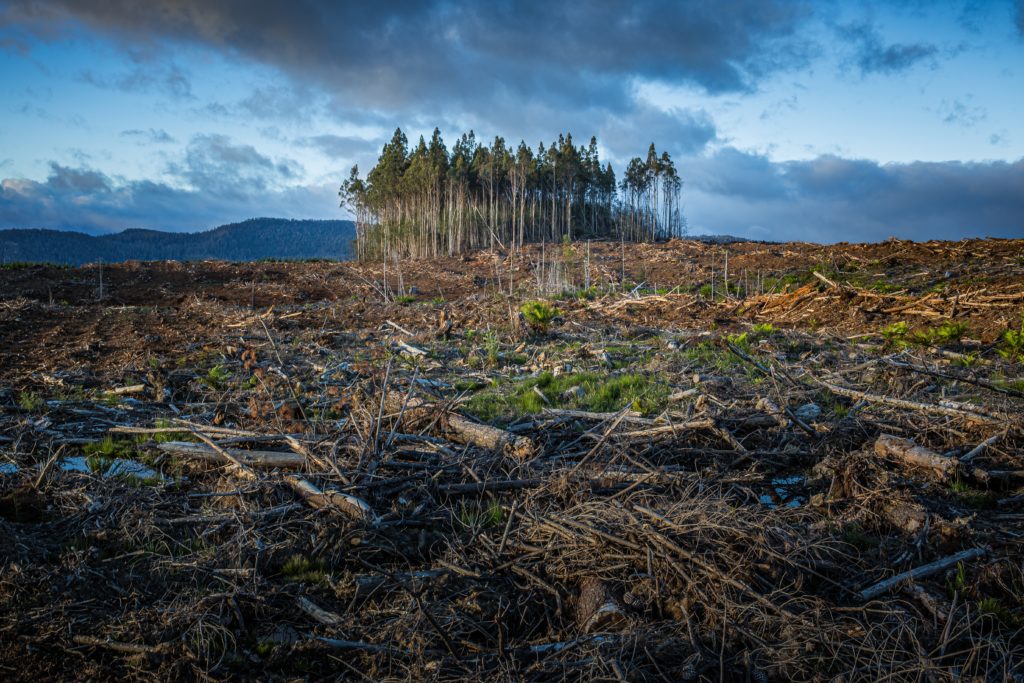
5. Water Scarcity and Competition
5.1. Growing demand for water resources
As the global population continues to grow, so does the demand for water resources. Increasing industrial activities, urbanization, and agricultural needs put significant pressure on water supplies. Climate change exacerbates water scarcity by reducing the availability of freshwater sources, amplifying the challenges of meeting the rising demand for water.
5.2. Competition between different sectors
The limited availability of water resources leads to increased competition between various sectors. Agriculture, industry, and domestic use all require water to sustain their operations. As water scarcity intensifies, conflicts arise over water allocation, which can have severe consequences for socioeconomic development and the well-being of communities. Balancing the water needs of different sectors becomes an essential aspect of managing water resources sustainably.
5.3. Impact on agriculture and food security
Agriculture heavily relies on water for irrigation, making it particularly susceptible to the impacts of climate change on water resources. Water scarcity and changing precipitation patterns can lead to reduced agricultural productivity and crop failure. These challenges have significant implications for food security, as a lack of water availability hinders the ability to produce an adequate food supply for growing populations.
6. Ecosystem Disruption
6.1. Loss of biodiversity and habitat destruction
Climate change disrupts ecosystems and poses a threat to biodiversity. The alteration of water availability, temperature, and water quality directly impacts the habitats of numerous plant and animal species. Changes in ecosystems can lead to the displacement, decline, or extinction of species, undermining the biodiversity necessary for the resilience of ecological systems.
6.2. Changes in river flow and aquatic ecosystems
Rivers and aquatic ecosystems are highly sensitive to climate change. Changes in rainfall patterns and melting snowpack affect river flows, which can lead to altered water levels and ecological disturbances. The disruption of aquatic ecosystems affects fish populations, migratory paths, and the overall health of freshwater habitats, further contributing to the loss of biodiversity.
6.3. Impact on migratory species
Migratory species, such as birds and fish, rely on specific water bodies along their migratory routes for breeding, feeding, and resting. Climate change-induced alterations in these water bodies can disrupt the natural patterns and timing of migrations, affecting the survival and reproduction of these species. The loss of these migratory routes can have cascading effects throughout ecosystems, leading to ecological imbalances.
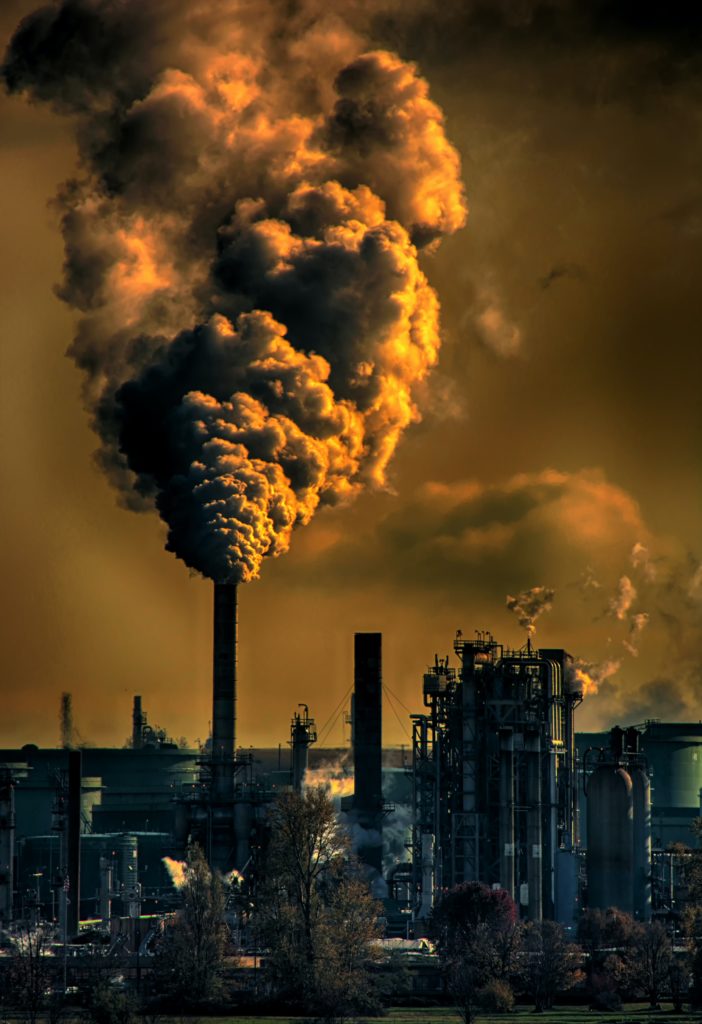
7. Human Health Concerns
7.1. Waterborne diseases and sanitation issues
Climate change has implications for human health, particularly through its impact on water resources. Reduced water availability and compromised water quality increase the risk of waterborne diseases such as cholera and dysentery. Additionally, inadequate sanitation facilities, especially in vulnerable communities, exacerbate the spread of these diseases, posing significant health challenges.
7.2. Impact on drinking water quality
Climate change can affect the quality of drinking water sources. Changes in temperature and precipitation patterns can lead to elevated levels of pollutants and contaminants, adversely affecting the safety of drinking water. Ensuring access to clean and safe drinking water becomes increasingly challenging as climate change continues to impact water quality.
7.3. Heat-related illnesses and vector-borne diseases
Rising temperatures associated with climate change increase the risk of heat-related illnesses among the population. Extended heatwaves can lead to dehydration, heatstroke, and other heat-related health conditions. Additionally, climate change can influence the range and distribution of disease-carrying vectors, such as mosquitoes, potentially increasing the prevalence of vector-borne diseases like malaria and dengue fever.
8. Socioeconomic Implications
8.1. Economic losses and resource management
Water scarcity and the impacts of climate change have significant socioeconomic implications, including economic losses. Industries that rely heavily on water, such as agriculture, energy production, and manufacturing, face challenges in maintaining their operations. Inefficient water use and inadequate resource management can lead to substantial economic costs and hinder sustainable development.
8.2. Disruption of water-dependent industries
Industries dependent on water resources are particularly vulnerable to the impacts of climate change. Droughts, floods, and water scarcity disrupt agricultural activities, energy generation from hydroelectric power, and other water-intensive sectors. The uncertainty surrounding water availability and quality impacts the stability and profitability of these industries, affecting local and global economies.
8.3. Water-related conflicts and migration
Water scarcity can exacerbate existing social and political tensions. As competition for limited water resources intensifies, conflicts can emerge among different regions, communities, or even countries. Additionally, water scarcity and the direct impacts of climate change on water availability can contribute to forced migration, as people search for regions with more accessible and reliable water sources. These migrations can strain resources in receiving regions and exacerbate social inequalities.
9. Adaptation and Mitigation Strategies
9.1. Water conservation and efficiency measures
Adopting effective water conservation and efficiency measures is crucial for adapting to and mitigating the impacts of climate change on water resources. Implementing technologies and practices that optimize water usage, such as drip irrigation, utilizing water-efficient appliances, and reducing water losses, can help address water scarcity challenges. Moreover, raising awareness about responsible water consumption can encourage behavioral changes and contribute to sustainable water management.
9.2. Sustainable water management practices
Promoting sustainable water management practices is essential for ensuring the resilience of water resources. This includes implementing integrated water resource management frameworks, which take into account social, economic, and environmental factors. Integrated approaches involve engaging stakeholders, preserving ecosystems, incorporating climate projections, and considering long-term water availability to adapt to changing conditions and minimize negative impacts.
9.3. Climate change adaptation plans
Developing climate change adaptation plans at various scales is imperative to address the challenges faced by water resources. National and regional strategies can focus on strengthening water infrastructure, improving water governance, and enhancing monitoring and data collection systems. Local adaptation plans can prioritize community engagement, innovative water management techniques, and nature-based solutions to increase water availability and minimize risks to vulnerable populations.
10. International Cooperation and Policy Actions
10.1. Global agreements and initiatives
International cooperation and collaboration are necessary to address the global impact of climate change on water resources. Global agreements, such as the Paris Agreement, aim to mitigate greenhouse gas emissions and limit global temperature rise. Initiatives such as the United Nations’ Sustainable Development Goals also emphasize the importance of ensuring access to clean water and sanitation for all. These agreements and initiatives provide frameworks for action and encourage countries to work together to address the challenges associated with climate change and water resources.
10.2. Sharing of knowledge and best practices
Sharing knowledge and best practices among countries and regions is vital for effective water resource management. Collaborative efforts can involve the exchange of information on water conservation techniques, sustainable water management practices, and successful adaptation strategies. The sharing of experiences and lessons learned helps build resilience and strengthens the capacity of communities and institutions to respond to the challenges posed by climate change.
10.3. Policy frameworks for water security
Developing and implementing policy frameworks that prioritize water security is essential in navigating the impacts of climate change on water resources. Policymakers need to integrate climate change considerations into water management policies, emphasizing the protection of water sources, water conservation, and the equitable distribution of water resources. Strengthening legal frameworks and institutional structures can support effective water governance and ensure the sustainable management of water in the face of climate change.

